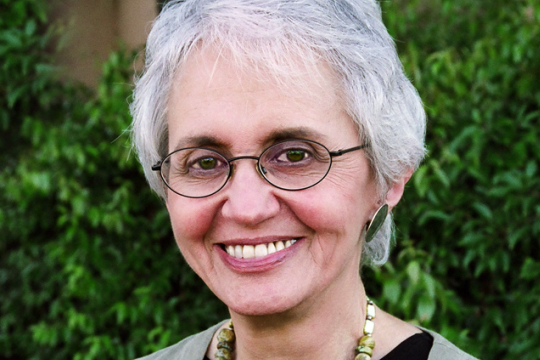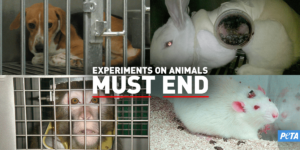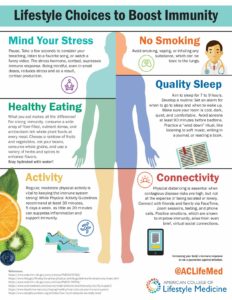Having What You Have (My Grandfather’s Blessings):
“The middle drawer of my mother’s dresser was filled with silk stockings, dozens of pairs in many exquisite colors, each wrapped in its original package from the store. They had never been worn. I used to love to pull a chair up to the open drawer and touch them, counting the packages and admiring the beautiful colors. Once I asked my mother why she never wore them. She told me that they were too good to wear, if she wore them they would get torn or otherwise damaged and they could not be replaced. It was wartime, and all the silk in the United States had been diverted into making parachutes. She was saving them, she said, for a special time…One year when we came home we found that the apartment had been burglarized and ransacked…My mother’s dresser drawers hung open. The middle one was completely empty…This was my first serious lesson about loss. At the time, I was always being scolded by my teachers for not taking better care of my things. But my mother had taken very good care of her stockings. She had never even used them. I puzzled about this for a long time…An elderly patient who had outlived his entire family once told me that all we get to keep are our memories. Perhaps the only way we get to keep anything may be to use it up. More than fifty years later, I still think about those stockings with regret. Perhaps we are all given many more blessings than we receive.”
“I can clearly remember something that happened when I was in third grade. I was walking with my mother on a downtown street in New York City, pushing through crowds on our way to I no longer remember where. I had just been put into a special class at school because I had done well on an IQ test, and my new teacher had told us that being in her class meant that we were brighter than most of the people in the country. As we moved through the hurrying crowds, I remembered this and was filled with an eight-year-old’s outrageous pride. I told my mother that my teacher had said that I was smarter than most of the people around us. She stopped walking immediately and knelt down so that we were at eye level with each other. As the crowd flowed past us on either side, she told me that every one of the people around us had a secret wisdom; each of them knew something more about how to live, about being happy, about loving than I did. I looked up at the people passing by. They were all adults. “Is this because they are all grown-ups, Mama?” I asked her, taken aback. “No, darling. It will always be that way,” she told me. “It is how things are.” I looked again at the crowd moving around us. Suddenly I wanted to know them all, to learn from them, to be friends…In this dream, I am standing in the threshold of a door. I seem to have been standing there a long time. People are passing through the door. I cannot see where they are going or where they have come from, but somehow this does not seem to matter. I meet them one at a time in the doorway. As they pass through they stop and look into my face for a moment and hand me something, each one something different. They say, “Here, here is something for you to keep.” And then they go on. I feel enormously grateful…Perhaps we are all standing in such a doorway. Some people pass through it on their way to the rest of their lives, lives that we may never know or see. Others pass through it to their deaths and the Unknown. Everyone leaves something behind. When I awoke from that dream, I had a sense of the value of every life.”
Attached or Committed (Kitchen Table Wisdom):
“Thirty five years ago, I had as a patient a young man who had become separated from his ski party and spent three days in below-zero weather yet somehow had managed to survive. He had been hospitalized for several days in the ski country, and then flown to our center in New York because of frostbite and progressive gangrene of his feet. The local surgeons had wanted to amputate and it was hoped that our world-renowned vascular surgical team could avoid this difficult choice. He had some initial surgery and for three weeks the outcome was not clear. Then his left foot began to improve and his right became steadily worse. The time for amputation at hand, the young man flatly refused. He preferred to keep his foot.
Gradually he became sicker and sicker as the toxins from his injured foot began to flood his body. His family and friends were desperate, but he would not be moved. He would keep his foot. The situation came to a head late one evening when for the third or fourth time a group of doctors shared his most recent laboratory studies and reviewed his worsening condition with him. “In the midst of this discussion his fiancée, overwhelmed by the possibility of her beloved’s death, was driven beyond her endurance. Weeping, she tore his engagement ring off her finger and thrust it onto the swollen black little toe of his right foot. “I hate this damned foot,” she sobbed. “If you want this foot so much why don’t you marry it? You’re going to have to choose, you can’t have us both.” We all looked at the small bright diamond, surrounded by the black and rotting tissues of his foot. Even under the fluorescent lights, it sparkled with life. The young man said nothing and closed his eyes with weariness. Weary ourselves, we left to continue the medical rounds. The next day, he scheduled his surgery.
I continued to follow him through the fitting of his artificial foot and his rehabilitation. At the end of a year, only a slight limp marked his difficult choice. Two weeks before his wedding I revisited that final medical conference with him, asking him what had changed his mind. He said that seeing the diamond on his toe had shocked him. Jenny had been right. He had been married to his foot. Her dramatic gesture had helped him to see for the first time that he was more attached to keeping his foot than he was committed to his life, to their life together. Yet it had been the promise of that life that he had clung to, that had enabled him to survive three days alone in the snow.
While attachment has its source in the personality, in what the Buddhists refer to as the “desire nature,” commitment comes from the soul. In relationship to life, just as in human relationships, attachment closes down options, commitment opens them up. Modern life has made us people of attachment rather than people of commitment. Indeed, many people have found that it is difficult to tell the difference between attachment and commitment in their own lives. Yet attachment leads farther and farther into entrapment. Commitment, though it may sometimes feel constricting, will ultimately lead to greater degrees of freedom. Both involve in the moment an experience of holding, sometimes against the flow of events or against temptation. One can distinguish between the two in most situations by noticing over time whether one has moved through this activity or this relationship closer to freedom or closer to bondage. Attachment is a reflex, an automatic response which often may not reflect our deepest good. Commitment is a conscious choice, to align ourselves with our most genuine values and our sense of purpose. Survival in a setting of life-threatening illness may involve a willingness to let go of everything but life itself.”




